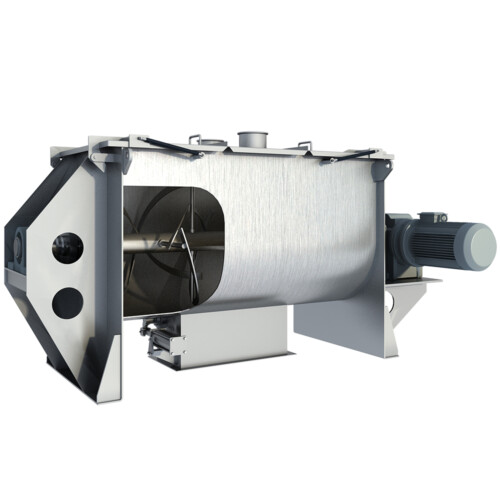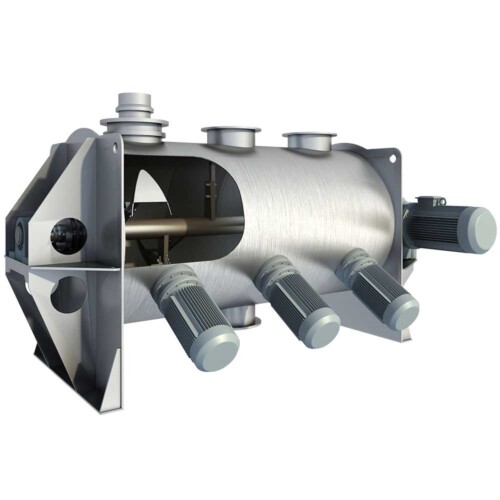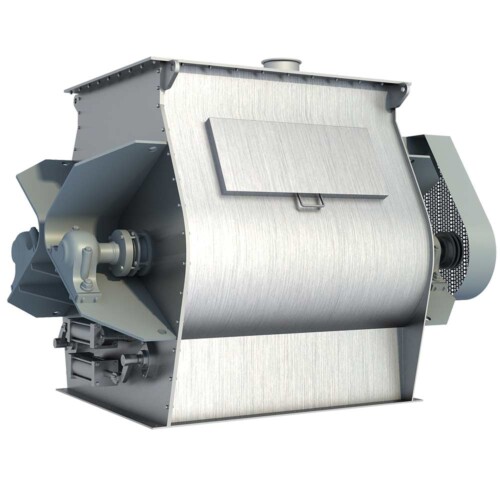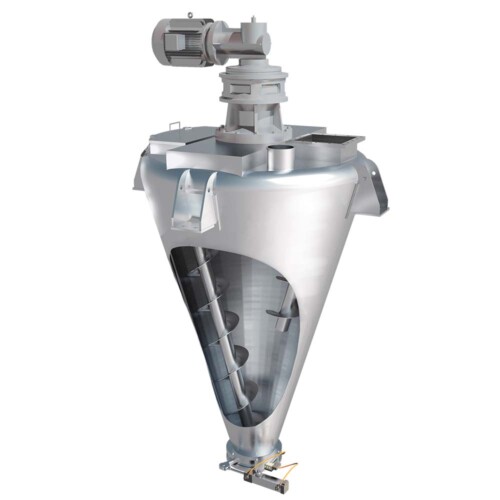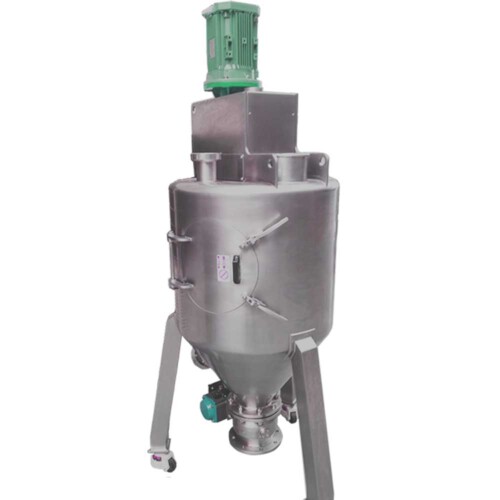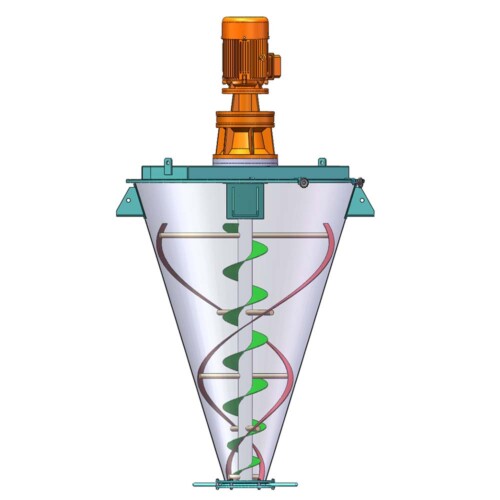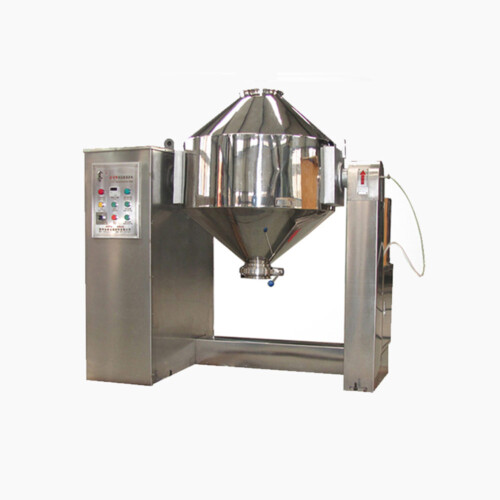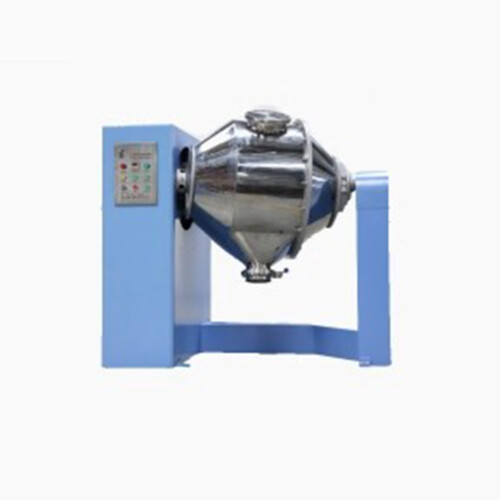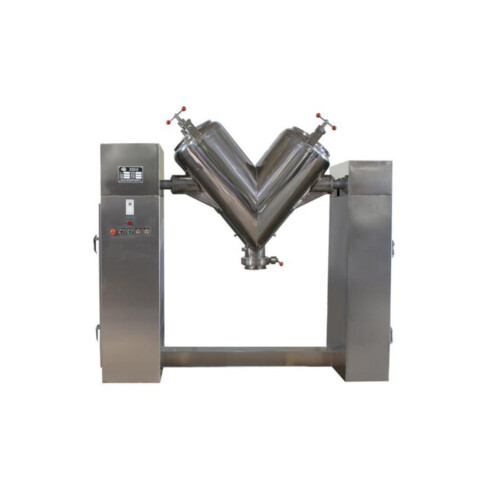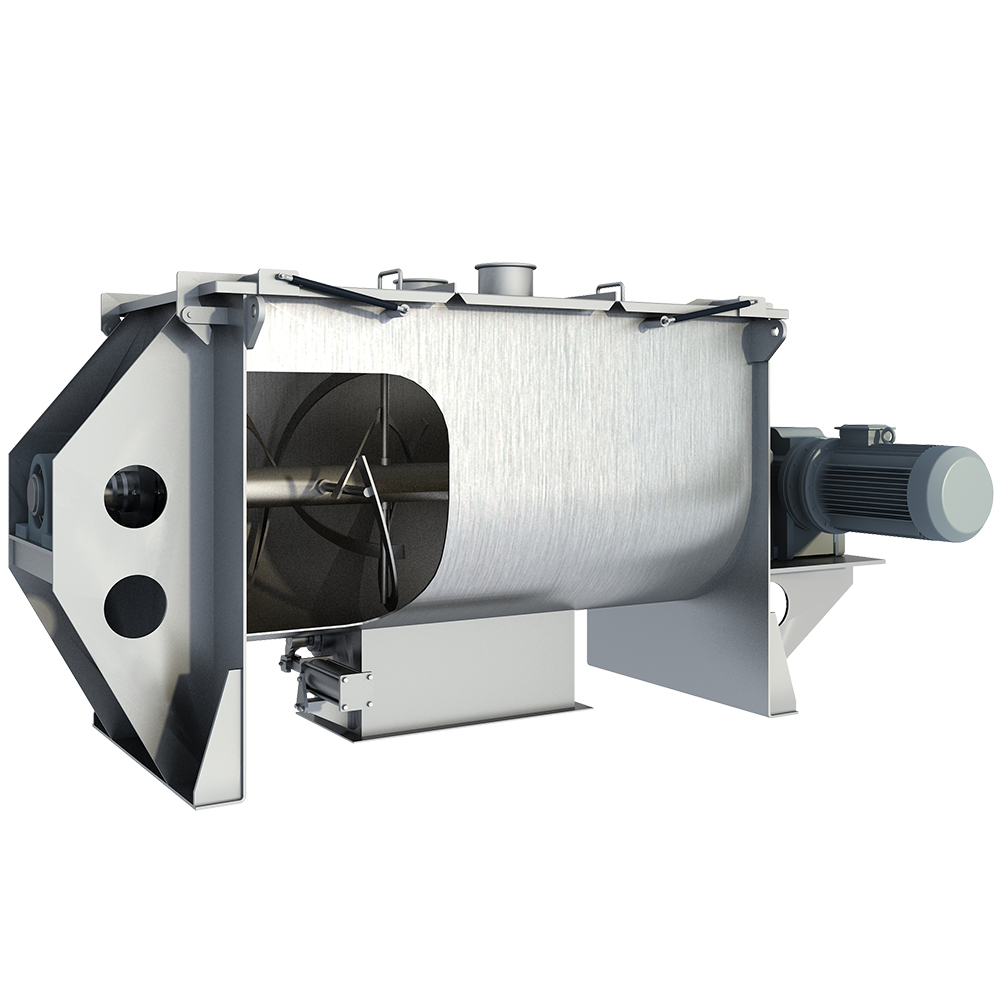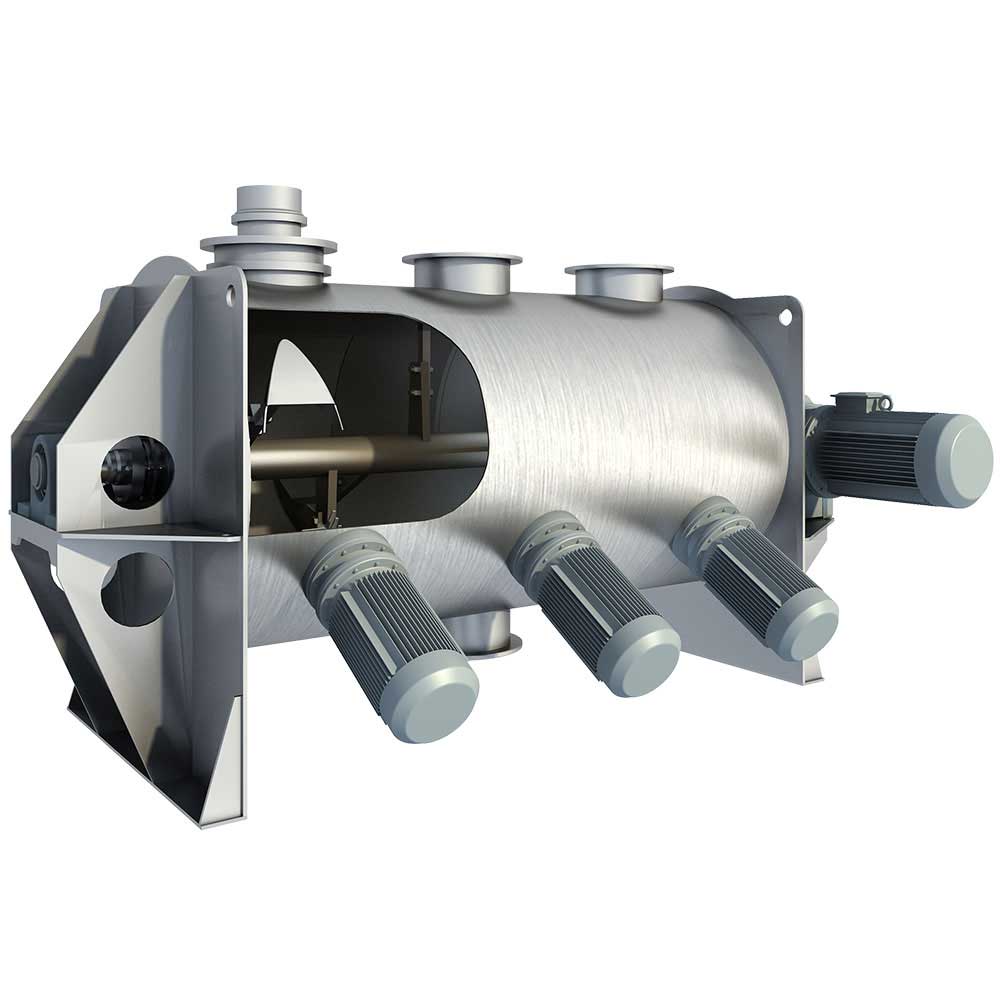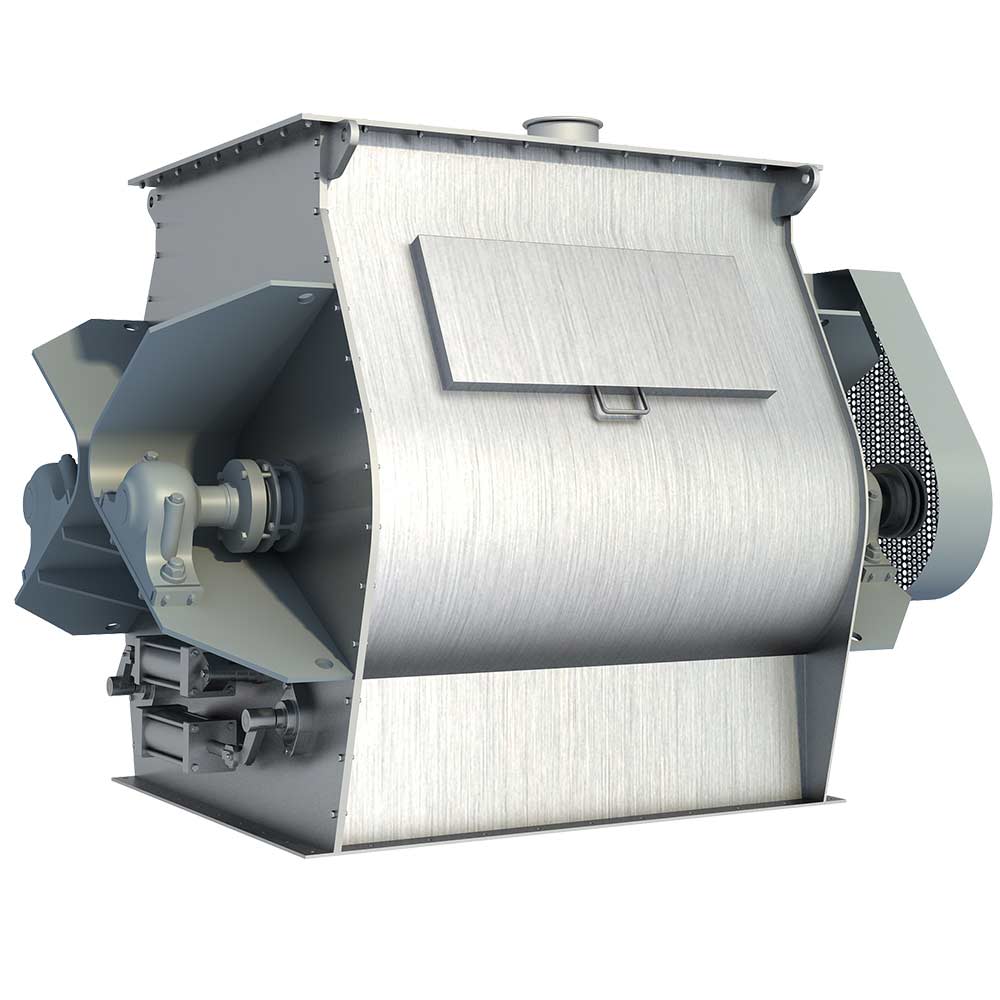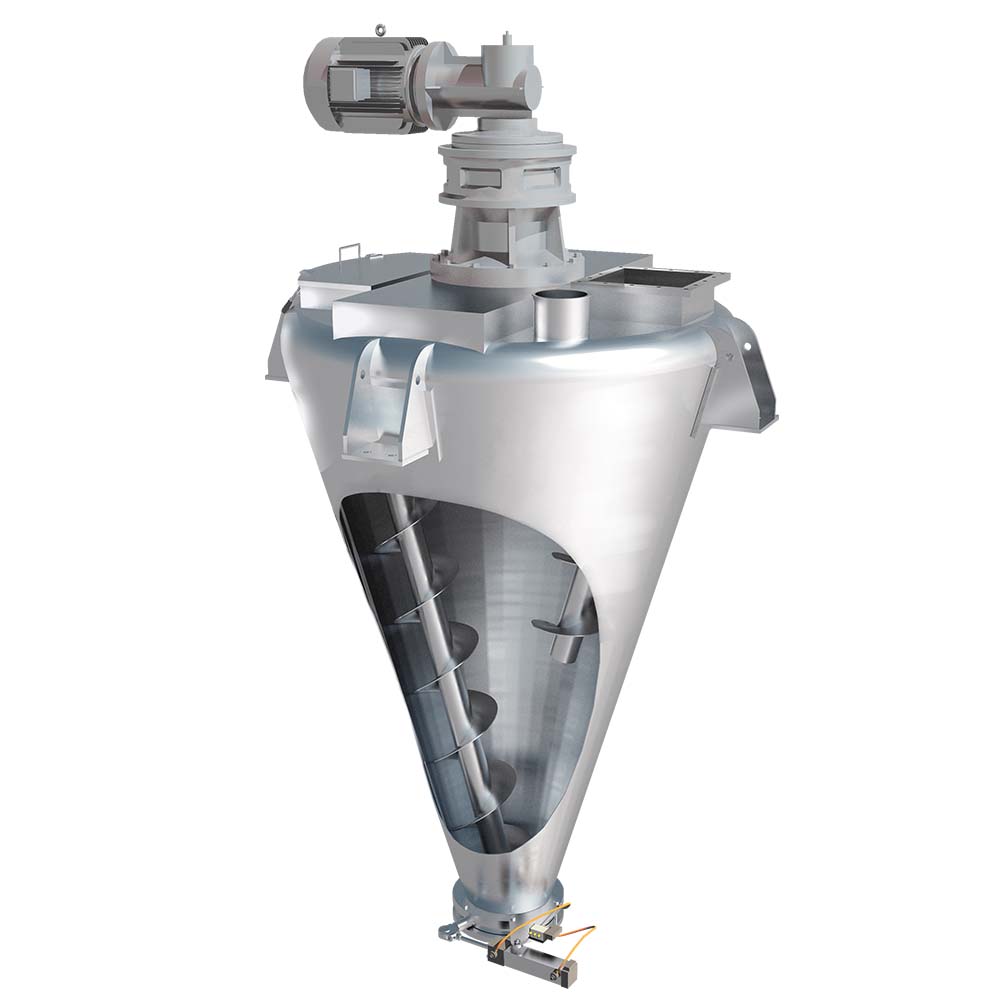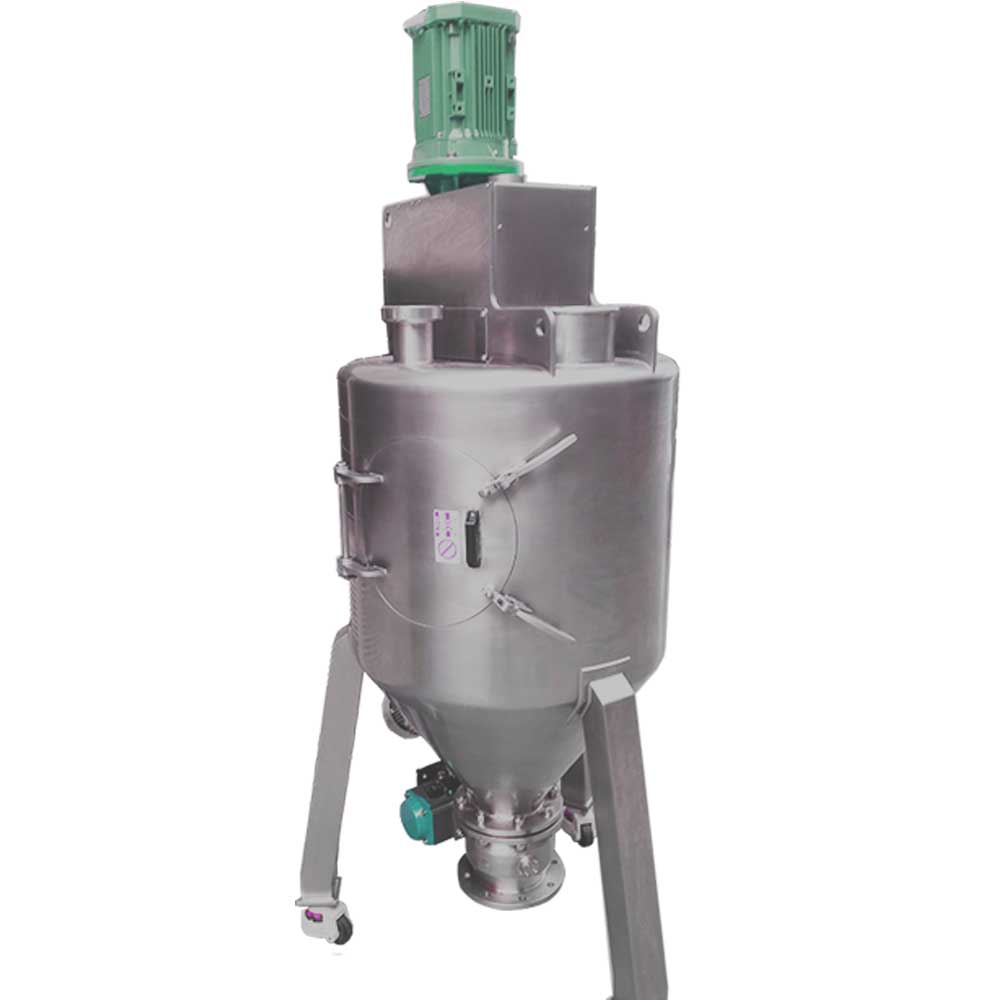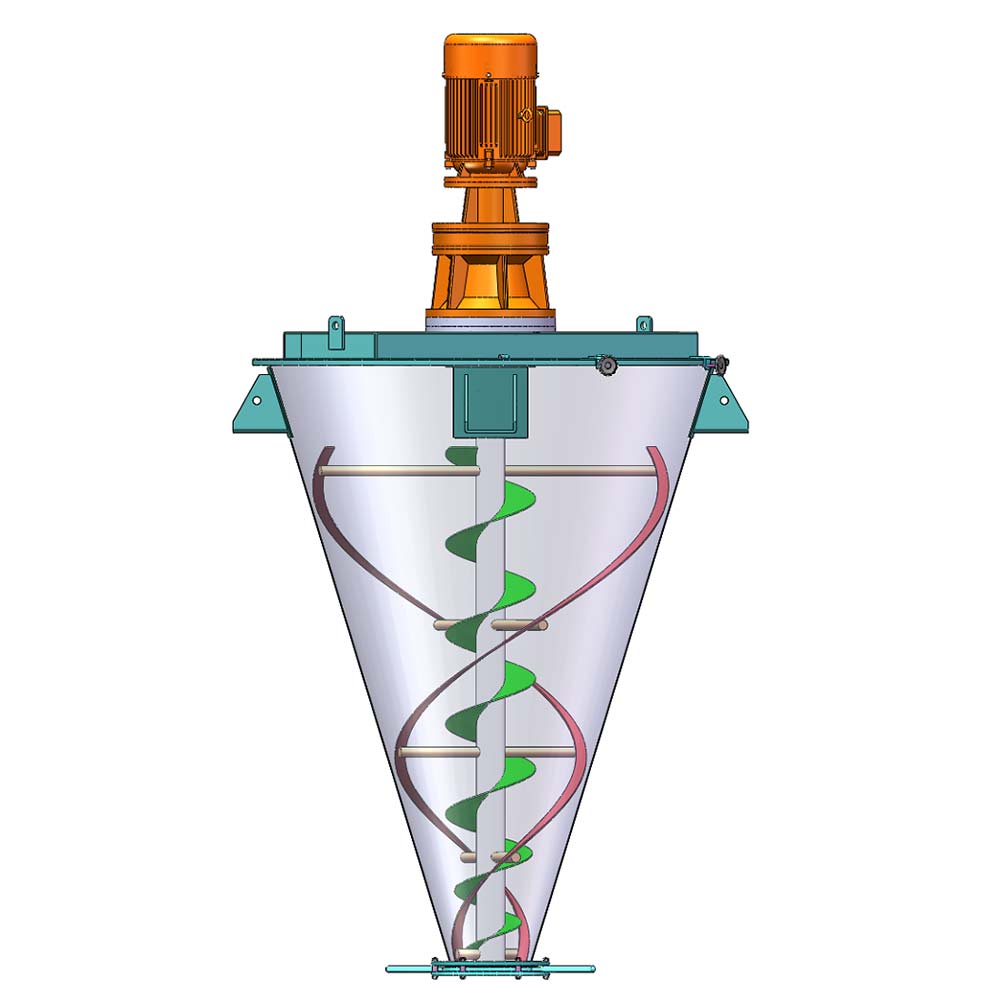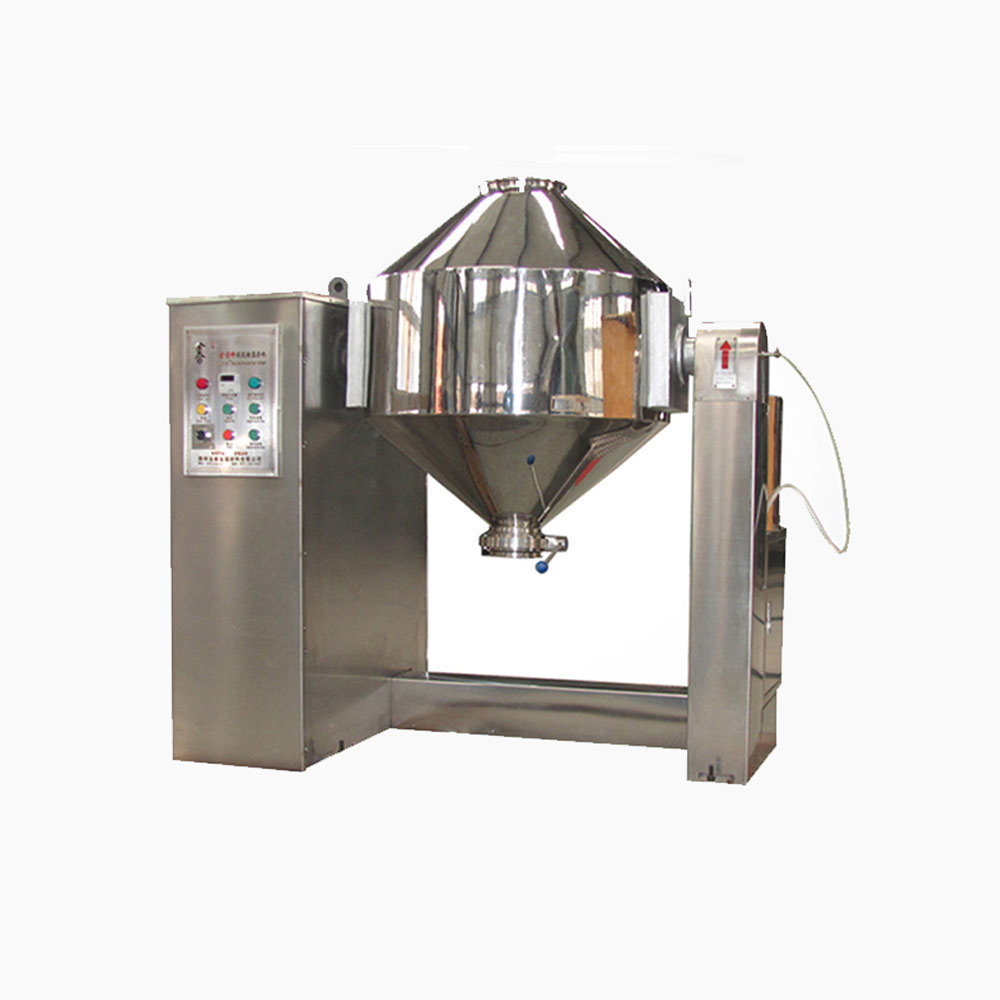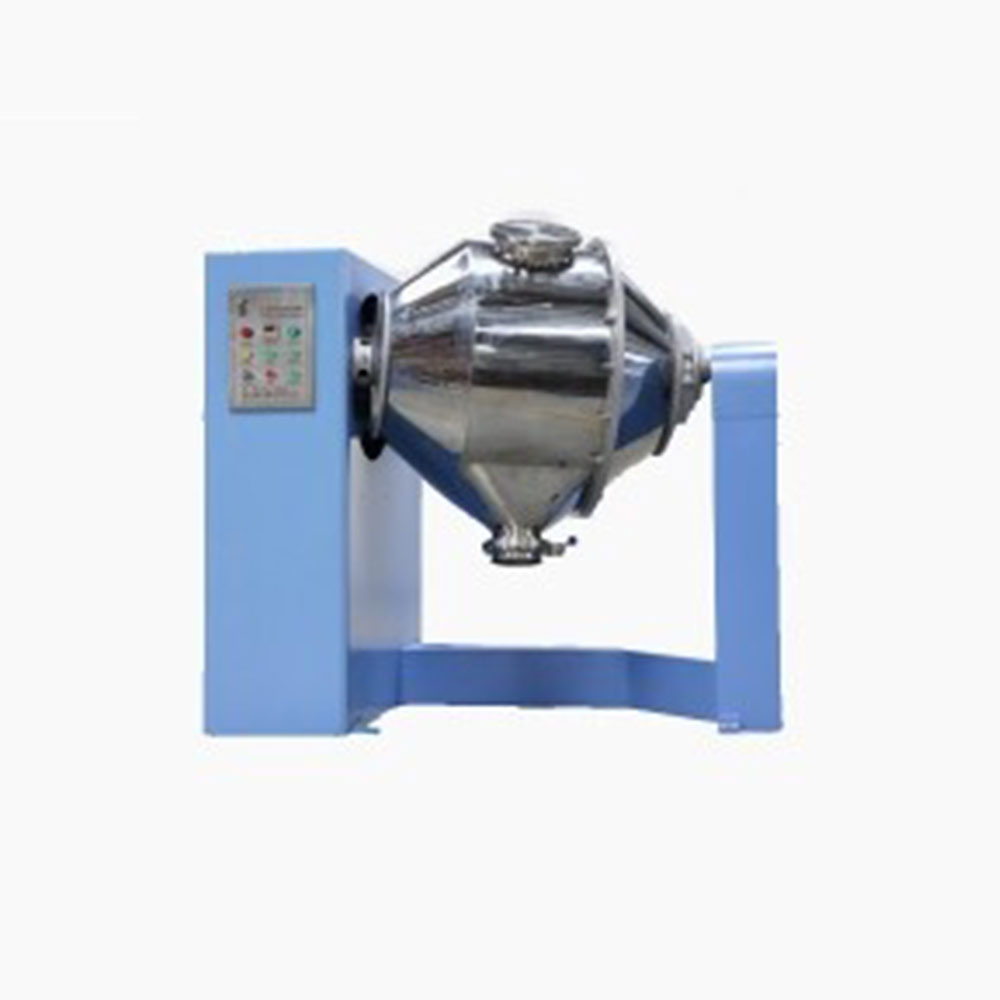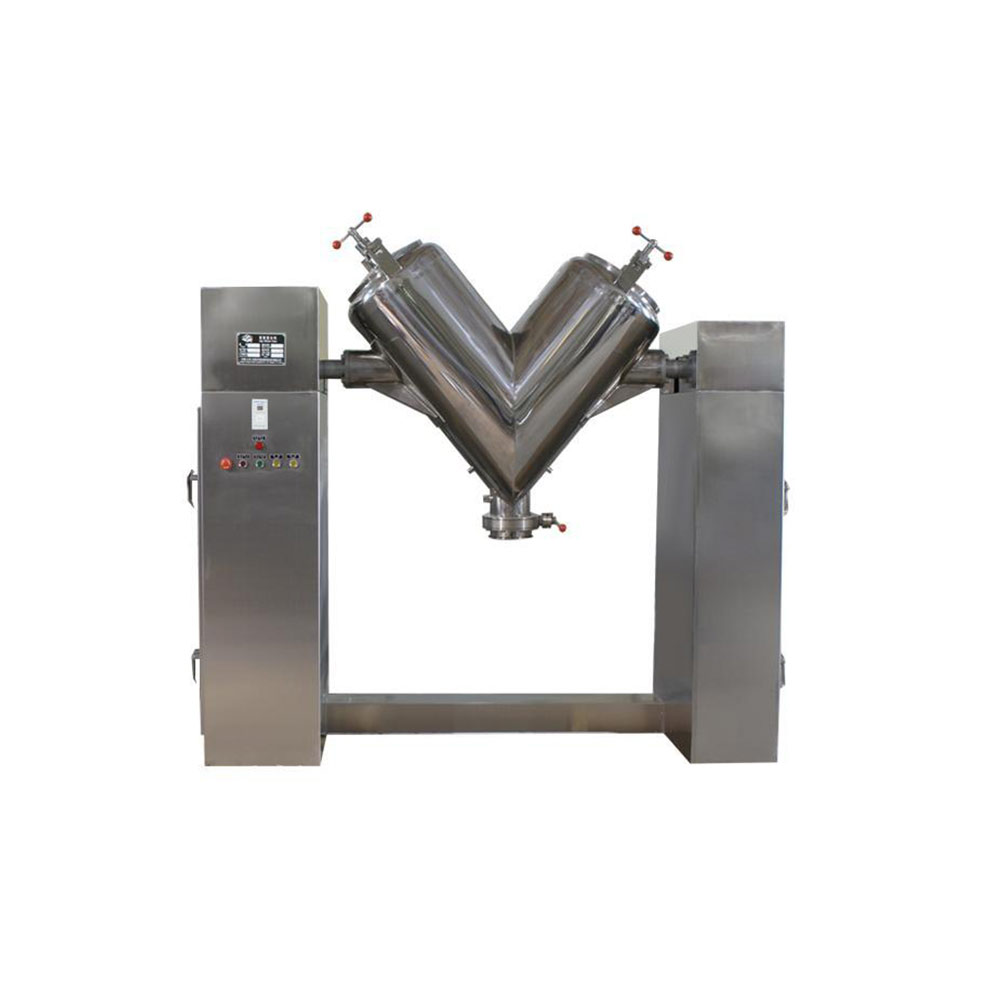Ask An Expert
Frequently Asked Questions
Yes, We can supply simple stand alone panels or automated PLC controlled systems. We normally install and test all controls on our mixers before they are shipped.
Yes, we normally test the mixers before they are shipped and mark out the wire need to connect on the control box.
We manufacture specialty mixing equipment for powder & bulk materials. Included are ribbon blender, plough mixer, conical screw mixer, twin shaft paddle mixer, V blender, double cone blender and other auxiliary equipment such as screw conveyor, quantitive auger filler.
We sell across the world, our cusotmers distribute 5 continents.
Share Us With Your Network
Uniformly Blending Nutritional Powder
As the nutritional product marketplace continues to grow, the search continues for efficient, consistent, quality solutions for dry blending. There persists, however, the basic need for uniform blending, even dispersion of low-inclusion additives, thorough cleanout and quick batch turnover. Unfortunately, not much has changed about the equipment used to blend nutritional, dietary and nutraceutical powders.
As formulators look to gain a competitive advantage and grow profit margins, they face many considerations, but the one factor commonly overlooked is the heart of the operation, the blender. Margins are minimized or maximized in the process—re-work, high energy costs, long blend times and a lack of easy clean-out usually inflate the cost of goods sold and, ultimately, affect the profit margin.
Most familiar in the dry-powder marketplace are ribbon blender, cone blenders, V blenders and paddle mixers. While these are dominant technologies in this segment, most manufacturers experience similar problematic situations. As a result, the common standard of “uniform blend” is blurred.
While seen as simple, inexpensive and versatile, ribbon blenders have a difficult time with the basics: uniformity, efficiency, even dispersion of low inclusions, blending dissimilar particle size and densities, versatility in batch sizes and clean-out. Long blend times, re-work of batches and extended cleanout sessions are also common. The initial price of ribbon and paddle mixers may be appealing, but the hidden costs of high energy consumption and inefficient processing remain in your margin batch after batch.
V and cone type blenders provide a bit of an improvement, but in one revolution, these blenders provide one division. And often, after 15 to 20 minutes uniformity suffers. Adding low inclusions or d-rates into hundreds of pounds uniformly would not be easy in these machines either. Also, these mixers can have hidden areas to clean, be inherently dangerous to use and still fail to make an optimum product.
However, there are some recent developments, including new dry-blending machinery (Rollo-Mixer® MK8) specifically for the nutraceutical industry. This novel, rotary drum blender provides uniform blends to batches of all sizes in two to three minutes. In one revolution, the blender makes more than 20 divisions—at only 3 rpm, a three-minute batch can be divided and combined more than 200 times. Passing label claims in one shot makes it easy to go right to a tablet press or packaging and filling equipment with confidence and efficiency. In fact, this equipment can distribute 10 international units into hundreds of pounds uniformly in two to three minutes, which was not possible in other commonly used equipment. Also, there are no dead spots or hidden areas, making the equipment easier to clean.
Major manufacturers have tested the mixer for uniformity, cleanout and overall efficiency. A recent test blend involved a 500-lb. batch of whey protein powder, which consisted of more than 80 ingredients: multiple varieties of vitamins, sodium, iron, zinc, sugars, proteins and many more; some of the “adds” were in teaspoon form. Prior to this test, the company ran the exact same blend in ribbon blenders, V and cone blenders. Based on the results, this manufacturer declared it had never before seen uniformity numbers like those generated during the test blending. Further, the complex, three-minute test blend passed label claim inspection right away. Each of the more than 80 ingredients was tested for dispersion, and every one of them checked out, another result the company had not witnessed before. Prior results were unacceptable with the ribbon test and, while acceptable with the V and cone blenders, results were five-times closer to the desired uniformity target with the new dry blend mixer in three minutes. Also, cleanout and batch turnover was found to be far superior to the alternatives.
The next test was the same formula, scaled down from 500 lbs. to 35 lbs. While using less than 10 percent of rated load volume, the company had the same beneficial results. The mixer is now their “developmental blender” as well as their production mixer.
As always, quality differentiates one company from its competitors. And these days it’s all about finding ways to increase margin and eliminate unnecessary costs. For nutritional powder formulators this can be and often is won or lost with the blending operation.

